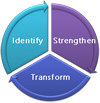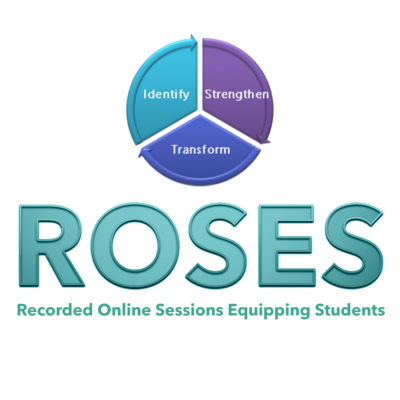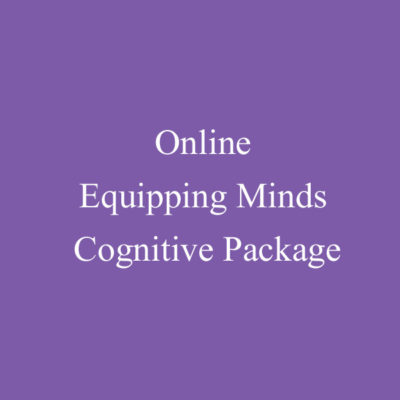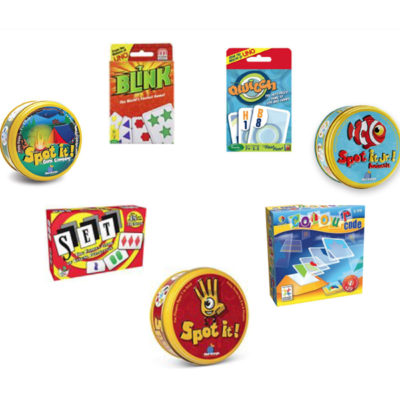Working memory is the new IQ. Many people believe that a person’s Intelligence Quotient (or IQ) will define his or her personal and academic achievement. But we now know that working memory is a stronger predictor of success than IQ. Over the last 20 years, research on working memory has found reliable correlations between working memory span and several other measures of cognitive function, intelligence, and performance in school.Recent studies on individual differences in mathematical abilities show that aspects of working memory contribute to early arithmetic performance.
Further studies examine the relationship between working memory, reading, and comprehension.The key to intelligence is being able to put those facts together, prioritize the information, and do something constructive with it. Working memory is the skill that gives a person the advantage of managing all this information and is a stronger indicator of a learner’s academic and personal potential than an IQ test.
School curricula are focused on increasing the knowledge of subject content. Students with low working memory capacity are often seen as inattentive, unmotivated, or having lower intellectual ability.Current treatments have been limited to remediation of content, learning strategies, accommodations, and medication.These may have some short-term benefits. But they do not target the underlying cognitive deficits. Teachers and interventionists need the methods and tools to actually improve their students’ capacity for working memory.
What is working memory? You are using your working memory right now as you read this article and encode the information. Working memory is the system that allows you to hold multiple pieces of information (such as visual images or verbal/auditory information) in your mind, where they can be manipulated. A strong working memory helps you comprehend, listen, take notes, and remember a sequence of events or steps. Students with communication disorders, autism spectrum disorders, attention-deficit hyperactivity disorder, specific learning disorders, dyslexia, intellectual disability (Intellectual Developmental Disorder), and motor disorders all have a deficit in working memory.
Here are some examples of the symptoms of poor working memory:
* A student may have difficulty learning to read. He may read a word and forget it a few lines later.
* A student may have difficulty following multistep directions and maintaining attention.
* An older student may be following a lecture until he is distracted by another student’s question and forgets what he has just heard.
* Reading comprehension and spelling may be challenging.
* It may be difficult to remember basic math facts and the steps to solve a math problem.
It is important to know whether your student (or even a spouse or employee) is actually ignoring your directions or requests, or he simply has a weak working memory.
What is the problem with repetitive instruction? In her book, Improving Working Memory: Supporting Students’ Learning, Tracy Packiam Alloway talks about a recent study with students from ages 8-11. These students were given repetitive instructional support. Yet two years later they were still performing at the bottom of the class. Drilling academics without improving working memory is like entering a bike race with flat tires. If we don’t develop working memory skills (blow up the tires), the process of learning academics will be a very uncomfortable and bumpy ride.
How can we develop working memory? Working memory can be increased with intensive cognitive training. Let’s give our students the capacity to learn! When I work with students, I give them exercises that help them understand what processing speed, working memory, and long term memory retrieval really feel like. Here are some exercises that begin with basic processing, switch to a working memory exercise, and end with a logic exercise:
* Take a deck of playing cards or the game Blink and simply see how quickly you can name the cards you see. I encourage you to time yourself on all of these exercises. This is your processing speed.
* Next, sort the cards according to the suit or shape on the card. It is important to say the name of the suit or shape when doing the exercise. Parents can play against their child. You can also sort by color only and number only.
* Now alternate the cards and say the number of the first card, the color of the second card, and the shape (suit) of the third card with the Blink cards. This is your working memory. Did you feel it?
* Then say the number of the first card, the number and color of the second card, and the number, color, and suit/shape of the third card.
* Finally, remove the face cards (K, J, Q, and A) and say the number you see on the first card (equal), then add +1 to the second card, and then subtract -1 to the third card.
* How did you do?
Keep practicing! When students hold two or more procedural steps in their mind while they perform a task, they are using their working memory. Practice the above exercises at home or at school every day for the next 8 weeks and watch your working memory improve! Working memory and processing speed are two of the most common weaknesses we see in students with learning challenges.
Jan Amos Comenius was an educator and theologian and is considered to be the father of modern education. He believed that all humans are created in the image of God and have the capacity to learn, as he said in the following passage: “It is evident that man is naturally capable of acquiring knowledge of all things since, in the first place, he is the image of God. So unlimited is the capacity of the mind that in the process of perception, it resembles an abyss . . . for the mind, neither in heaven nor anywhere outside heaven, can a boundary be fixed. The means to wisdom are granted to all men, and he reaffirms the common character of learning potentiality in all of mankind. What one human being is or has or wishes or knows or is capable of doing, all others are or have or wish or know or are capable likewise.” I couldn’t have said it better myself.



